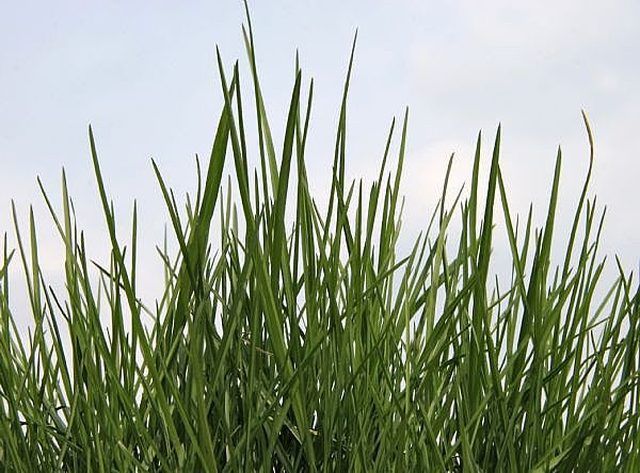Bulbs
Flower Basics
Flower Beds & Specialty Gardens
Flower Garden
Garden Furniture
Garden Gnomes
Garden Seeds
Garden Sheds
Garden Statues
Garden Tools & Supplies
Gardening Basics
Green & Organic
Groundcovers & Vines
Growing Annuals
Growing Basil
Growing Beans
Growing Berries
Growing Blueberries
Growing Cactus
Growing Corn
Growing Cotton
Growing Edibles
Growing Flowers
Growing Garlic
Growing Grapes
Growing Grass
Growing Herbs
Growing Jasmine
Growing Mint
Growing Mushrooms
Orchids
Growing Peanuts
Growing Perennials
Growing Plants
Growing Rosemary
Growing Roses
Growing Strawberries
Growing Sunflowers
Growing Thyme
Growing Tomatoes
Growing Tulips
Growing Vegetables
Herb Basics
Herb Garden
Indoor Growing
Landscaping Basics
Landscaping Patios
Landscaping Plants
Landscaping Shrubs
Landscaping Trees
Landscaping Walks & Pathways
Lawn Basics
Lawn Maintenance
Lawn Mowers
Lawn Ornaments
Lawn Planting
Lawn Tools
Outdoor Growing
Overall Landscape Planning
Pests, Weeds & Problems
Plant Basics
Rock Garden
Rose Garden
Shrubs
Soil
Specialty Gardens
Trees
Vegetable Garden
Yard Maintenance
How to Grow Grass on Sandy Ground
How to Grow Grass on Sandy Ground. Learning how to grow grass on sandy ground is not difficult, but you do have to know what elements are required. Growing grass needs three things - soil, nutrients found in the soil, water, and sunlight. Understanding this, you have already learned you will need to alter the composition of sandy ground to make...

Learning how to grow grass on sandy ground is not difficult, but you do have to know what elements are required. Growing grass needs three things - soil, nutrients found in the soil, water, and sunlight. Understanding this, you have already learned you will need to alter the composition of sandy ground to make it an appealing place for grass to take root and grow. By following the steps below, you can learn how growing grass is possible on sandy ground.
Choose the area where you want to grow grass that contains sandy ground or a mix of sand an soil.
Remove all debris from the area. This includes sticks, rocks, leaves, uprooting any plants or grass attempting to grow, trees, and tree stumps.
Level and fill in any existing holes or ones created when cleaning up the area of sandy ground.
Cultivate the soil with a rotary tiller or by hand, digging between 3 inches to 6 inches deep. This prepares the sandy ground for treatment so it can grow grass.
Prepare the area you want to grow grass. Sandy ground requires a mixture of fertilizer and/or soil to give the ground nutritional value. If you are unsure how much to use in your area based on the conditions of the ground talk to a sales associate where they sell the supplies you need - they should be able to give you proper advice.
Place a layer of peat moss over the soil and/or fertilizer. Rake the area to mix the soil, fertilzer. And peat moss. This will give a place for the grass to place their roots and the nutirtion to grow.
Spread grass seed over the selected area where you want the grass to grow. Follow the instructions on the bag or container for proper planting - it can vary by brand.
Place a light layer of peat moss or other bedding (such as straw or hay) over the seed to prevent birds or other animals from eating the grass seed.
Leave the area undisturbed - and do not let your animals run through the area you just prepared. This will undo all the hard work and time you spent preparing the area to grow grass.
Tips & Warnings
Keep the area moist with a light watering as needed. Once the grass begins to grow in the sandy ground it will not need as much tending too.
If you see the grass is not growing, or seems to be in poor health add additional fertilizer to the area as needed.